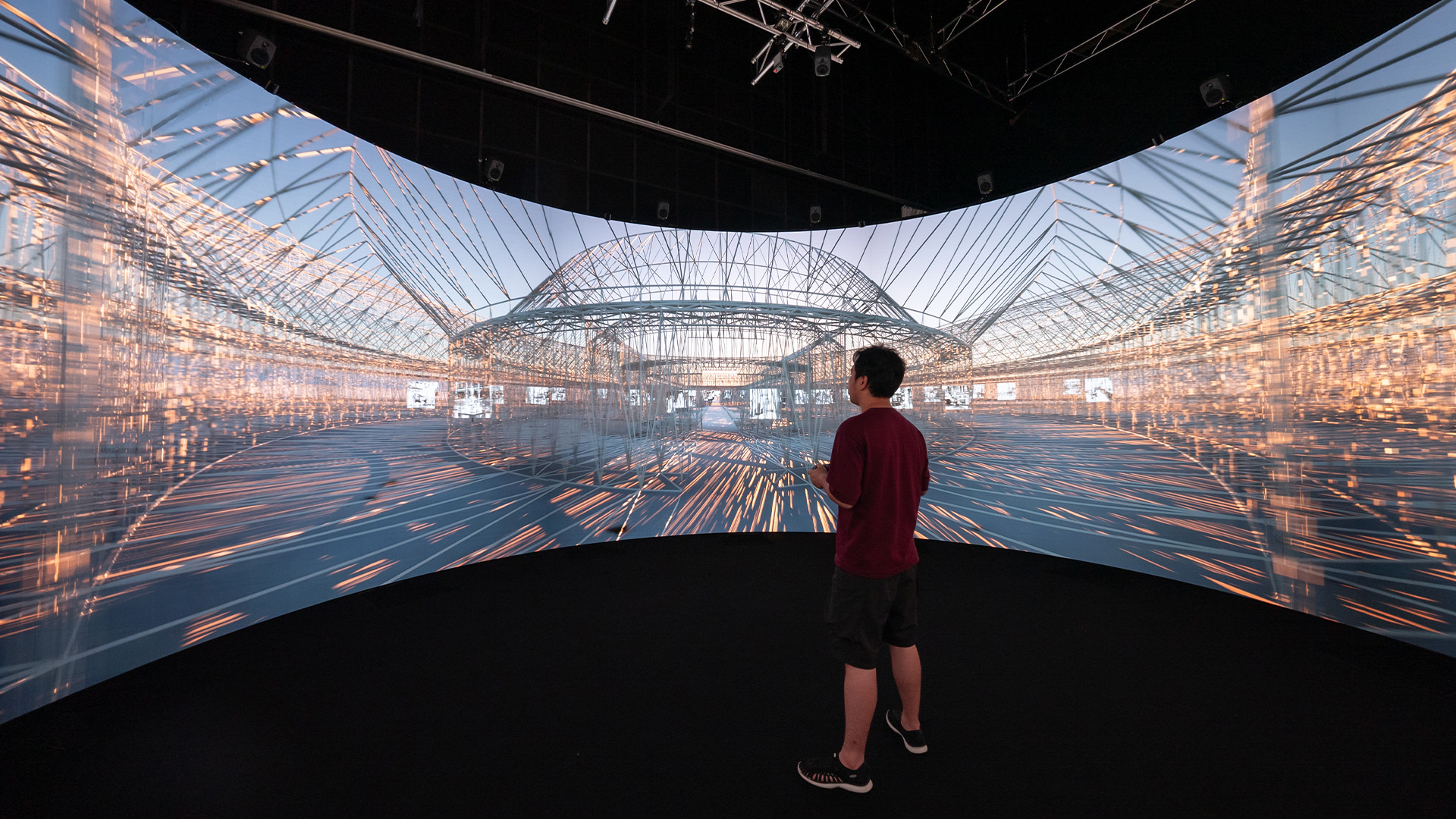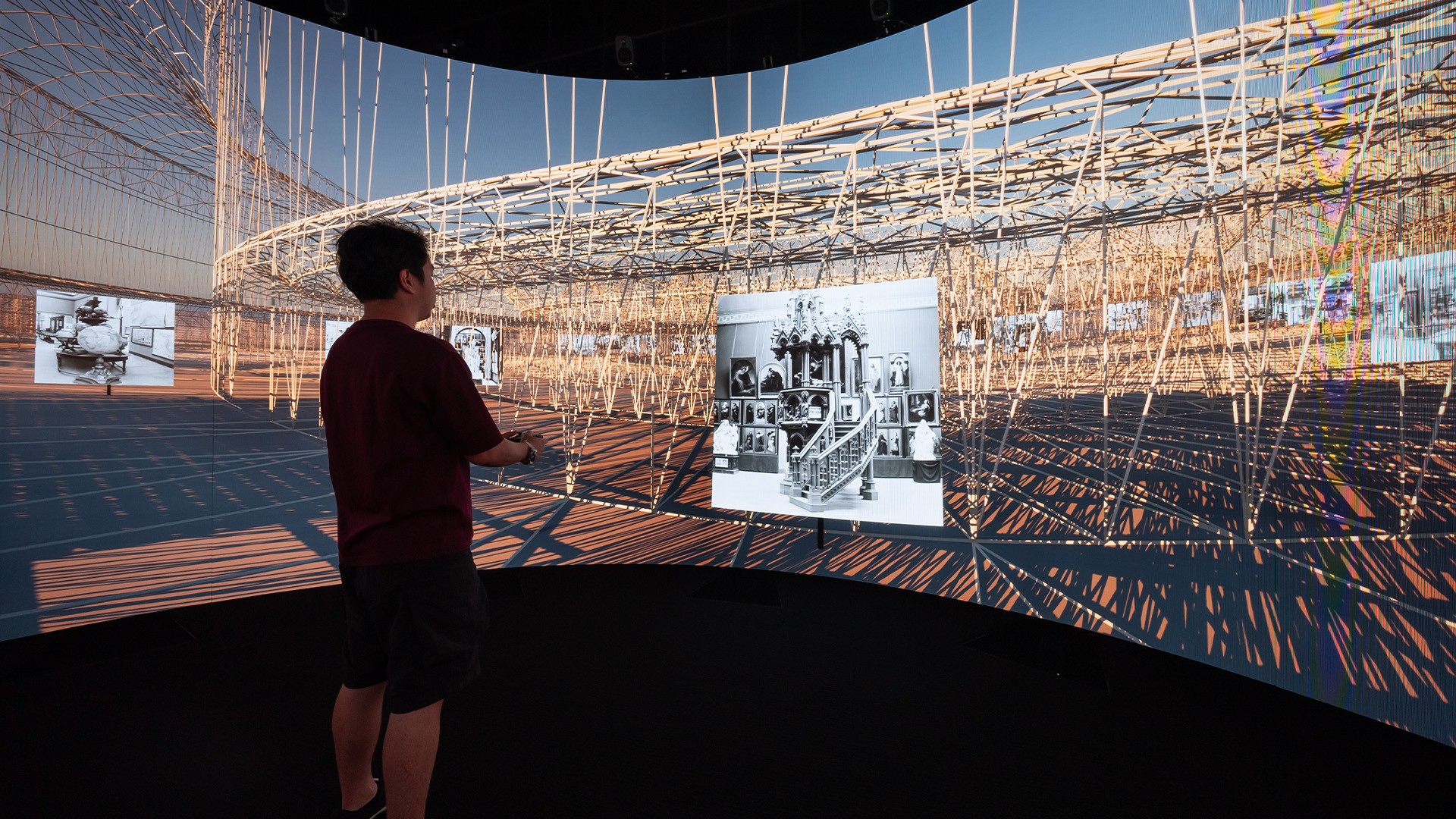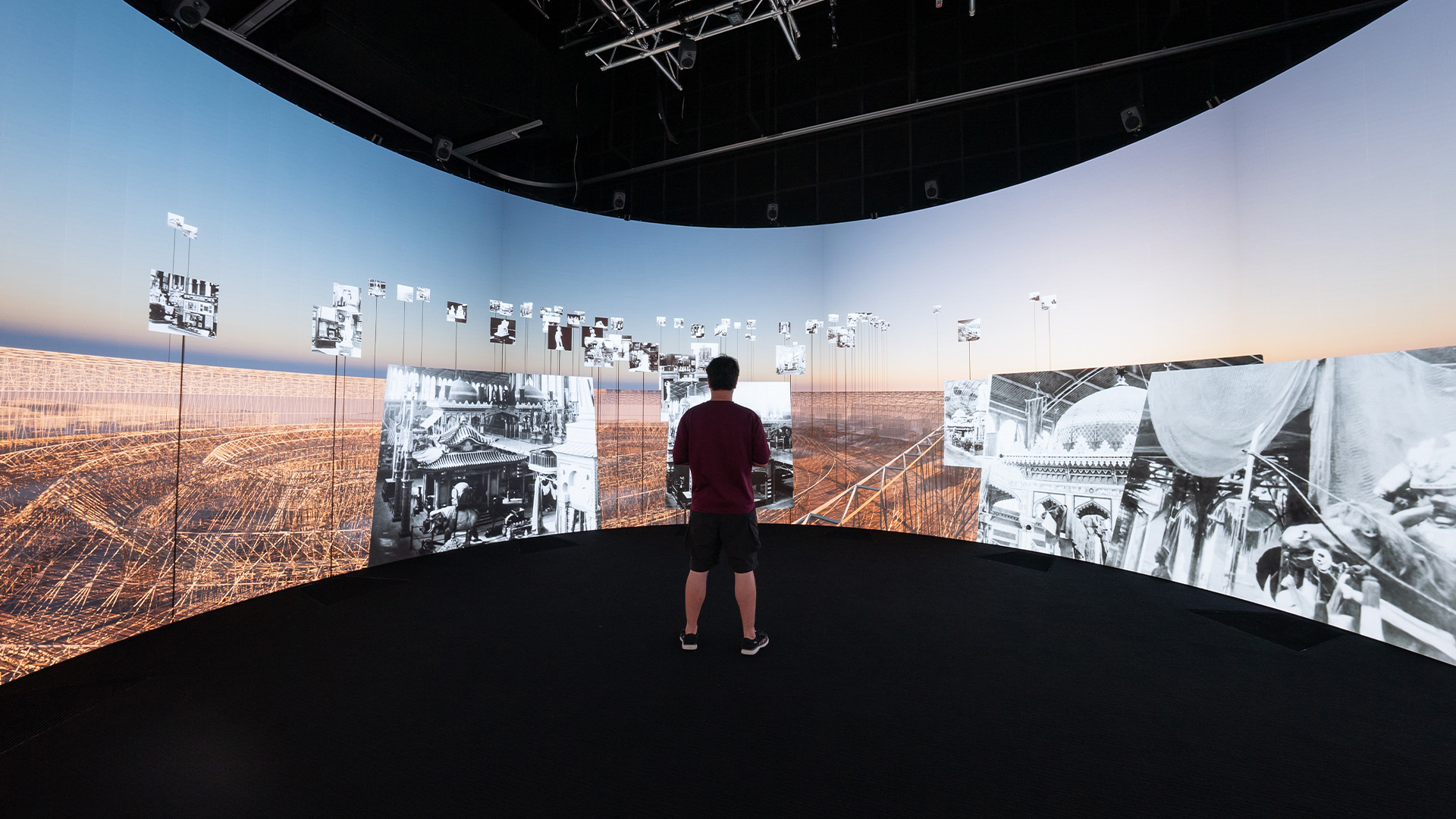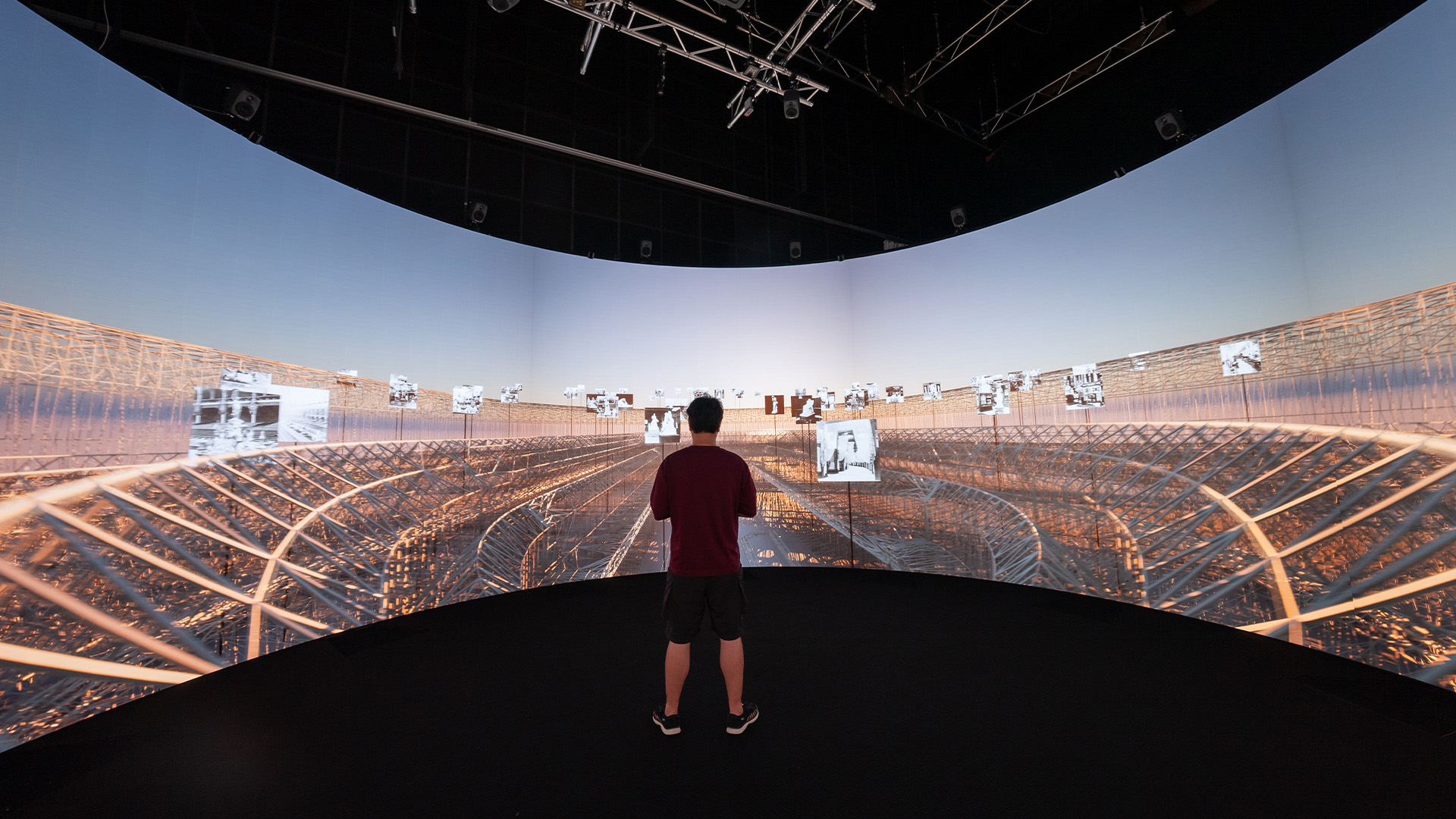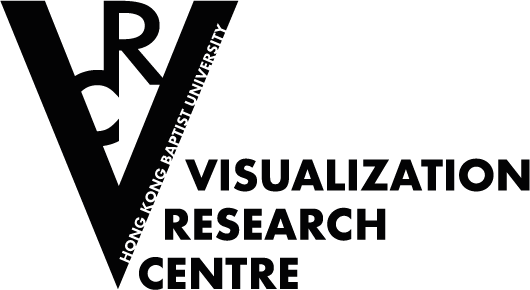Upcoming Event
Geneva Public Portal to Anticipation: Science Anticipation Exhibition - Free to the public from 12:00 noon to 8:00 pm, 17 December 2025 to 21 January 2026 at The Qube, PMQ, Central, Hong Kong. [Details]
1867 Paris Expo
2023 | Visualization Research Centre, HKBU
Section 1: Project Overview
The 1867 Paris Universal Exhibition archival project, a collaboration among EPFL, MIT, and the University of Paris, aims to digitally reconstruct the Paris Universal Exposition of 1867. By combining historical stereographic images with advanced digital technology, this project immerses viewers in the visual culture of the 19th-century World's Fair, offering a glimpse into the technological and cultural landscape of that era.
At the centre of this initiative is Stereo Spectacular, a core installation that integrates diverse historical collections and enriches them with modern computational tools. This installation redefines 19th-century viewing practices, allowing contemporary audiences to interact with the exhibition’s stereoscopic images in a way that echoes the innovative spirit of the original event.
Section 2: Technology and Interaction
In Stereo Spectacular, computer vision and machine learning techniques enhance stereographic pairs, transforming static images into high-resolution, interactive 3D experiences. Leveraging a 360-degree LED cinematic infrastructure and game engine technologies, the installation enables seamless navigation in a true-to-scale 1:1 environment. Users explore the virtual Expo pavilion, where stereoscopic images are positioned as interactive signposts that expand upon the approach, providing an immersive view of each exhibit’s technological and architectural innovations.
Through this advanced system, the project animates 19th-century stereoscopic photography, a precursor to modern virtual reality, allowing users to experience the exposition interactively. By linking restored stereographic plates with contemporary digital practices, Stereo Spectacular opens a dialogue between historical and modern visual cultures, redefining how we interpret and engage with historical moments.
第一部分:項目概覽
1867年巴黎世界博覽會檔案項目是由EPFL、麻省理工學院(MIT)及巴黎大學合作推動,旨在數位重建1867年巴黎世界博覽會。此項目結合歷史立體照片與先進的數位技術,讓觀眾沉浸於19世紀世界博覽會的視覺文化中,並一窺當時的技術和文化風貌。
此項目的核心是「立體奇觀」裝置,它將多樣化的歷史藏品整合,並通過現代計算工具進行增強。這一裝置重新定義了19世紀的觀看體驗,讓現代觀眾能以互動的方式接觸博覽會的立體影像,重現當時創新精神的同時,展現歷史與當代文化之間的連結。
第二部分:技術與互動
在「立體奇觀」裝置中,透過計算機視覺及機器學習技術來增強立體影像對,使靜態照片轉化為高解析度、可互動的3D體驗。結合360度LED影院基礎設施和遊戲引擎技術,該裝置使觀眾能夠在1:1的真實比例環境中順暢導航。使用者可探索虛擬重建的博覽會場館,立體影像被設置為互動指示標誌,當使用者接近影像時,影像會自動放大,提供每件展品的技術及建築創新的沉浸式視角。
透過這一先進系統,該項目活化了19世紀的立體攝影技術——現代虛擬實境的前身,讓使用者以互動方式體驗博覽會。透過將修復的立體照片與當代數位實踐連結,「立體奇觀」開啟了歷史與現代視覺文化之間的對話,重新定義了我們對歷史時刻的詮釋與互動方式。
Principal Investigator: Sarah KENDERDINE
Collaborated institution: The École Polytechnique Fédérale de Lausanne, Switzerland (EPFL)
Date: 2023
Team: eM+ (EPFL - Programming), Vack CHEUNG (HKBU - plug-in)
Hardware: nVis with 29.6 surround sound system, Xbox controller (interface), Cluster System
Software: Unreal Engine
2023.06.16
Sarah KENDERDINE, The Experimental Museum II, Boston (Online).
2023.09.27
Sarah KENDERDINE, “Stereo spectacular”, Constellations of Images:
‘The Grande Conversion’ in Cultural Archives, EPFL Pavilions,
Lausanne, Switzerland.
MIT
University of Paris
Université Paris Cité
The European Union Science Diplomacy
EPFL
Swiss National Science Foundation
The Innovation and Technology Fund, HKSAR
